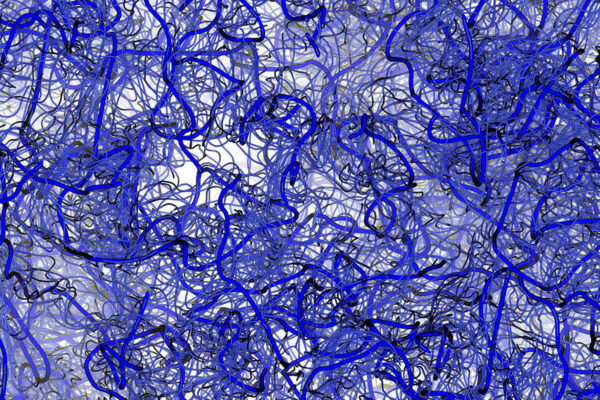
Scientists know some of the broad strokes for how life emerged from primordial earth. But digging into the processes that allowed for the emergence of an oxygenated atmosphere, and eventual development of single cell and multi-cell organisms, still need to be sorted.
Yifan Dai, an assistant professor of biomedical engineering in the McKelvey School of Engineering at Washington University in St. Louis, is tackling some of those questions in a recent study published in Proceedings of the National Academy of Sciences.
The study outlines some of the mechanisms by which loosely gathered molecules become “micron-sized assemblies,” setting the stage for the type of electrochemical reactions that prime oxygen evolution from water molecules.
And, as biomedical engineers like Dai understand more about how evolution “made” the molecules of today, they can use similar methods to design bespoke compounds that benefit human health and industry.
Read more on the McKelvey Engineering website.


